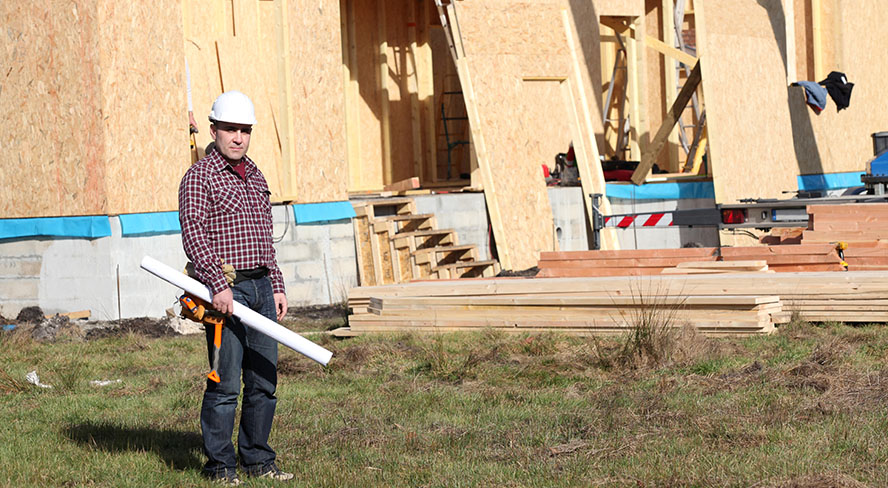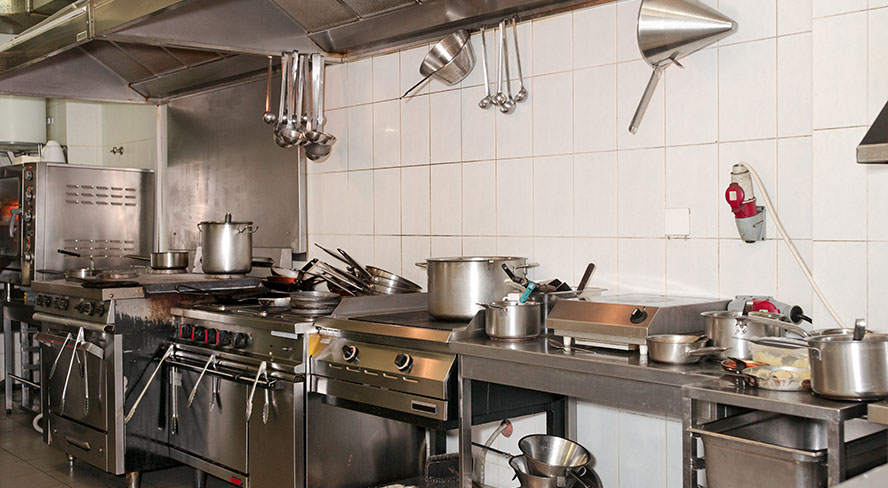Concrete is one of the most versatile construction materials out there. It is used for both commercial and residential projects due to its durability, reliability, and strength. But, while the advantages make it stand amongst the most preferred materials around the world, there are some disadvantages associated with it as well such as shrinking. Concrete shrinkage is a phenomenon defined as the changes in the volumes of concrete with time due to loss of moisture. Here is what causes it and how you can prevent it to maintain the quality of the concrete. For starters, ordering concrete mix delivery after carefully considering your project requirements prevents it. Let’s begin!
Concrete Shrinkage Types
Plastic Shrinkage
Plastic shrinkage is the most common type that takes place at the early stages of concrete pouring. It occurs on the surface of the concrete due to the evaporation from the surface or by evaporation from the bedding. In simple words, it can be defined as the rate of evaporation is greater than the rate of bleeding in concrete.
While pouring concrete, experts have to be extremely careful about plastic shrinkage as it begins without any major signs & symptoms and can be difficult to deal with if it goes unnoticed. Fresh concrete tends to move towards each other.
But if there is shrinkage on the surface of the concrete, it will prevent the movement within the concrete and develop tensile strength in the fresh concrete. When the concrete experiences tensile strength, plastic cracks begin to appear.
It could both be a time-consuming and labor-intensive task to fix the cracks. The only way to prevent plastic shrinkage is by avoiding the evaporation of water from the surface. Plus, you can also avoid it by ensuring adequate and timely curing of concrete. If you’re building a concrete pool, patio, driveway, or any other concrete structure, try methods to prevent plastic shrinkage because it’s a common type of concrete shrinkage in these kinds of projects.
Drying Shrinkage
Drying shrinkage is another type of shrinkage that takes place because of two reasons. One is the loss of adsorbed water from Calcium Silica Hydrate gel. The second is the loss of hydrostatic tension in the small pores. It can be safely said that swelling is a complete of opposite of shrinkage.
This shrinkage takes place due to the deformation of the paste and is also triggered by aggregate stiffness. The problem with this type of shrinkage is that it occurs in the first few months of concrete structure’s constructions. The concrete structure contains unsaturated air voids through which the water withdraws leading to drying shrinkage.
This problem could be fixed by immersing the concrete into water for some time. In technical language, it is called moisture movement. To prevent drying shrinkage, you should be aware of the factors that cause it in the first place.
For instance, drying shrinkage can be prevented by using high-quality materials combined with ingredients. The properties and quality of those ingredients should be in accordance with the standard codes of the region.
Furthermore, you should also balance out the water-to-cement ratio. Using too much water will reduce the stiffness of the concrete as well. As a result, the shrinkage will increase with the increase of water as well. This is why you should use the right water/cement ratio.
Aggregates
The size and type of aggregates used in the concrete also play a crucial role in the shrinking process. If you increase the maximum size of aggregates, the shrinkage rate will decline. Aggregates possessing rough surfaces will resist shrinkage. The grading and shape do not have anything to do with the shrinking characteristics of concrete. So, make sure to communicate this detail with your concrete suppliers Bethesda so that they use aggregates of the right size which will help lower the rate of concrete shrinkage.
Environmental Conditions
Environmental conditions need to be considered as well. This is due to the huge role of humidity in increasing or decreasing the rate of drying shrinkage. With the increase in the humidity, there is a decrease in the shrinking process.
Types of Cement Used
Based on the task or project, different types of cement might be used. This could also lead to shrinkage as some cement types tend to harden quickly and rapidly making it difficult to control the phenomenon. The use of water might increase the shrinkage rate as well.
The only way to prevent this from happening is by using shrinkage-compensating cement that helps with the appearance of shrinkage cracks. Moreover, you can also use lime as an admixture to reduce the rate of shrinking. But, using an admixture like calcium chloride will increase the shrinking rate.
Autogenous Shrinkage
Shrinkage can also take place after the setting of the concrete structure. This change in the volume can be in the form of swelling or shrinkage. The availability of water facilitates continued hydration. As a result, the concrete structure expands.
But, at the same time, if there is no moisture content present in the cement to carry out this hydration, the swelling tends to increase. This type of shrinkage takes place due to the withdrawal of moisture or water from the capillary pores within the concrete.
Several factors affect autogenous shrinkage. For instance, temperature tends to be the most important reason that directly affects the shrinkage process. With the increase in temperature, the volume change is going to be higher as it is related to the hydration process.
Cement Content
Secondly, the cement content also increases the rate of autogenous shrinking. The more the cement content in the mix, the higher the shrinking rate. At the same time, the addition or presence of contents like tricalcium aluminate and tetra calcium alumino ferrite increases the shrinking speed as well.
Carbonation Shrinkage
Carbonation shrinkage takes place in the presence of moisture as the concrete cast tends to react with atmospheric gases like carbon dioxide. This reaction results in the formation of carbonates. The hydration reaction results in the production of calcium hydroxide as well which is found in enormous quantities in concrete.
This calcium hydroxide reacts with the atmospheric carbon dioxide to give birth to calcium carbonates. As a result, the concrete surface will become acidic or carbonated in nature. This shrinkage can be observed on the surface of the concrete during the periodic maintenance.
Is Carbonation Shrinkage Good?
Sometimes, this type of shrinkage is good for the concrete structure as it reduces the permeability and increases strength. Otherwise, if the shrinkage is either partially or fully restrained, it could lead to cracks developing.
To tackle the issue, contractors can add suitable joints in the structure to allow for contraction and expansion movements. In return, this type of shrinkage will help group the steel tightly and increase the bond.
Conclusion
The best way to avoid shrinkage is by opting for a reliable ready mix concrete supplier Potomac who knows how to deal with concrete. And, once the concrete reaches your site, you should follow the standard protocols and regulations to ensure concrete maintains its properties.







